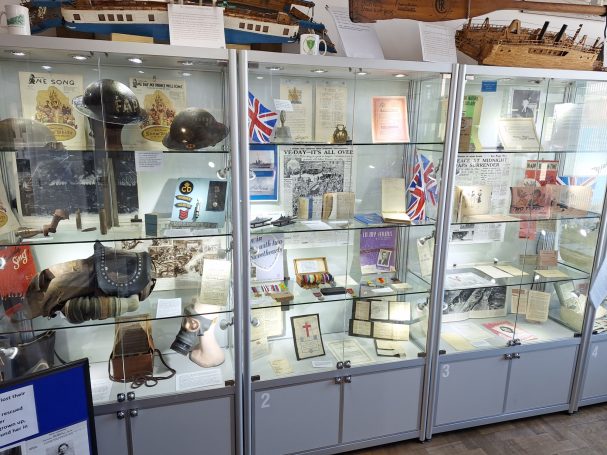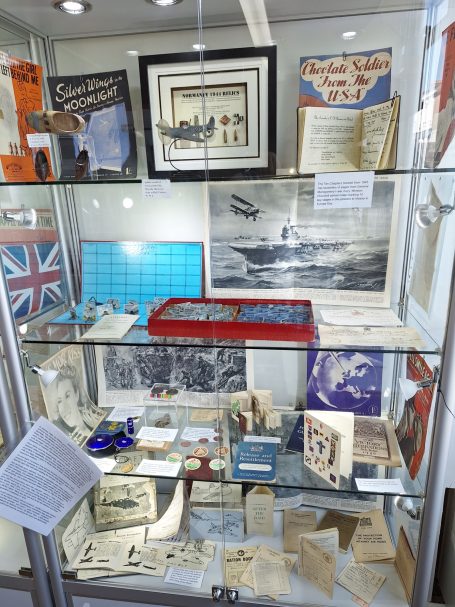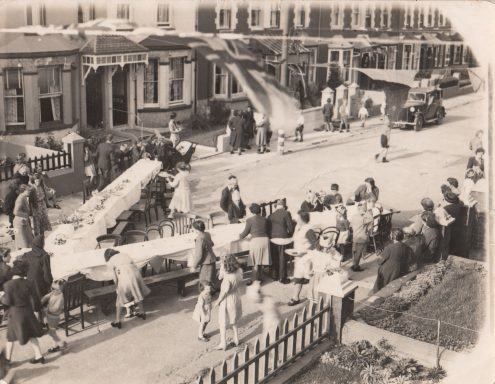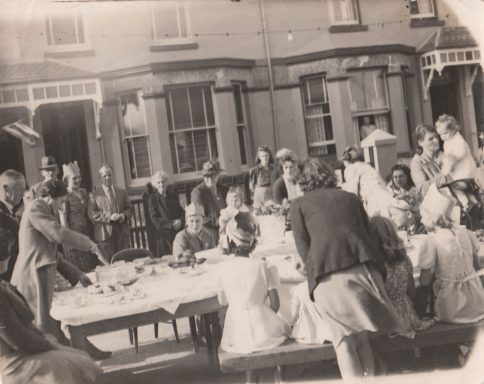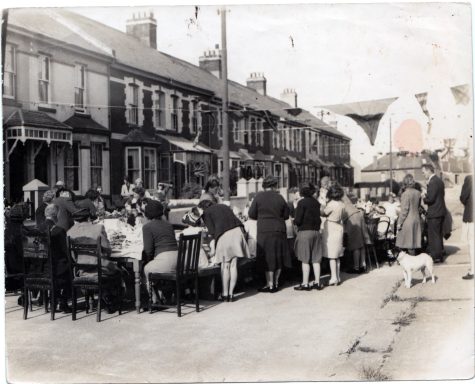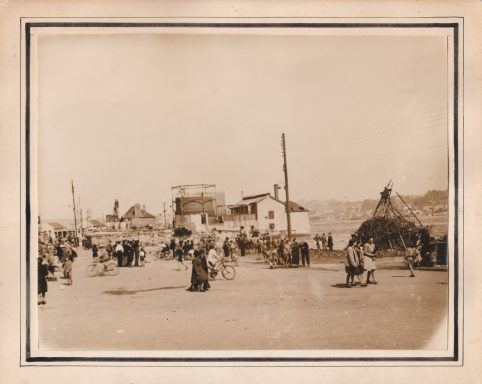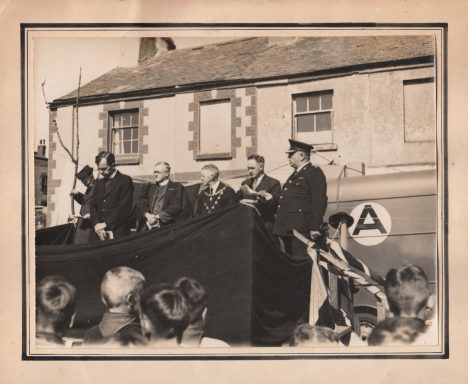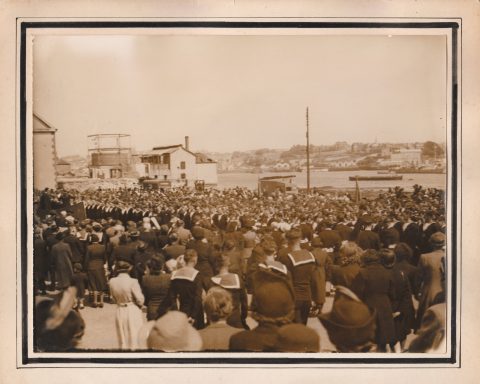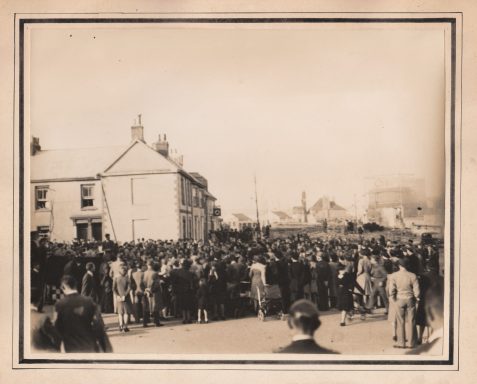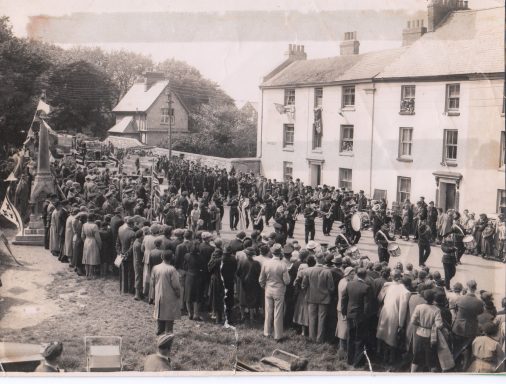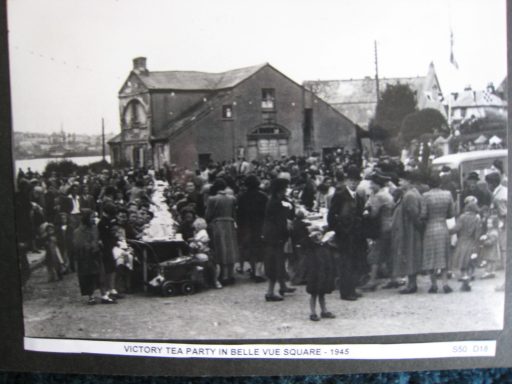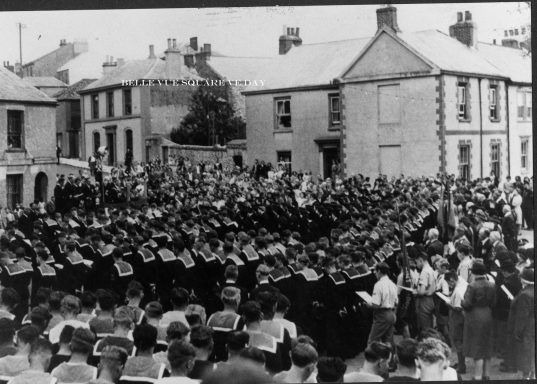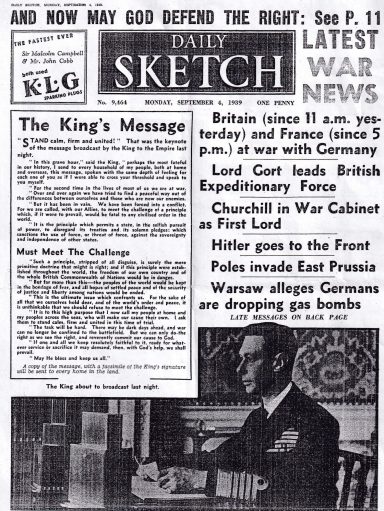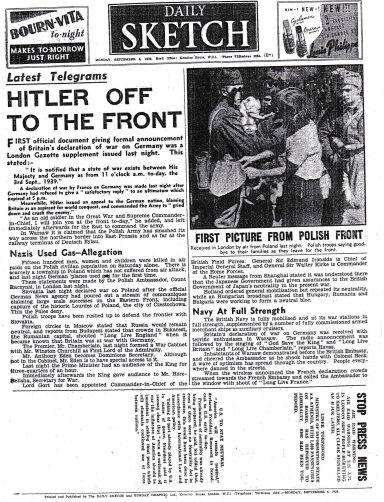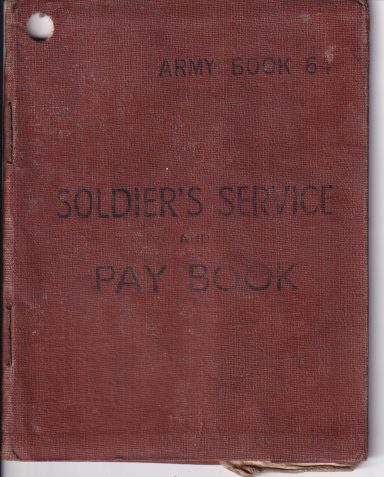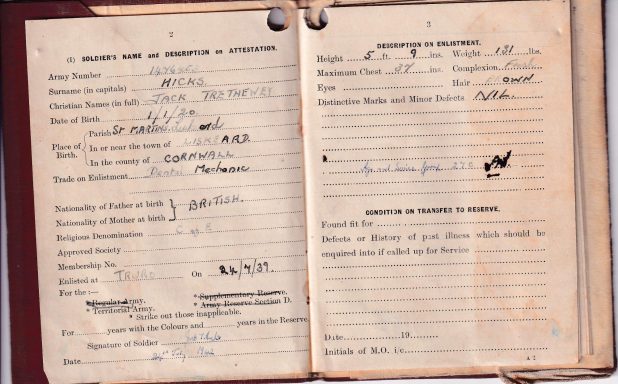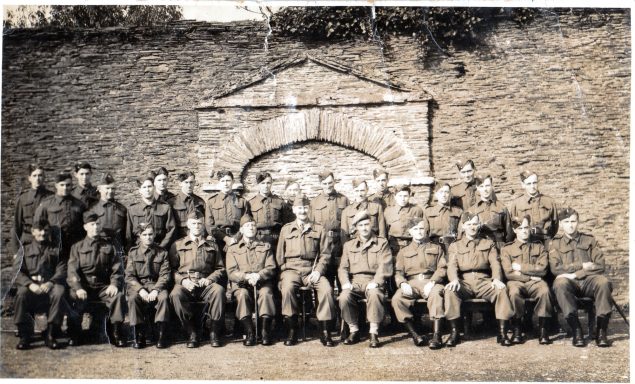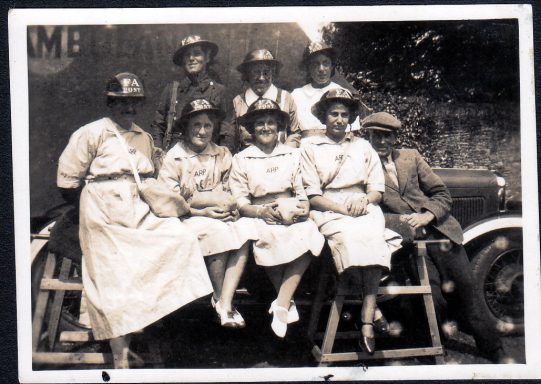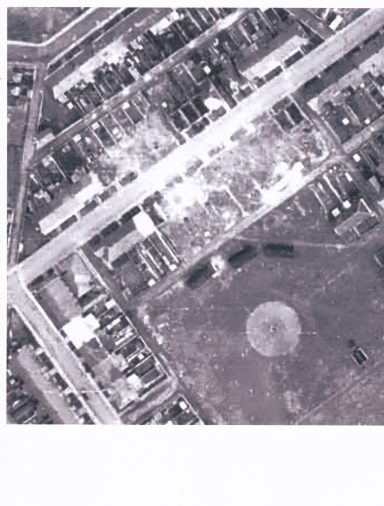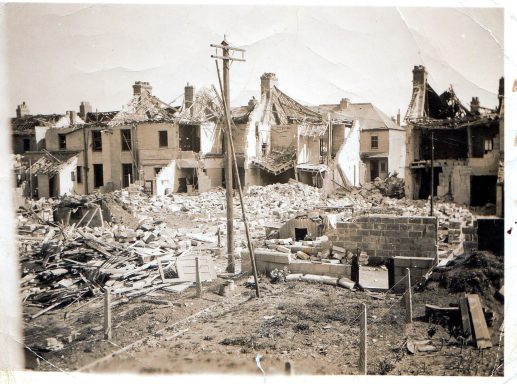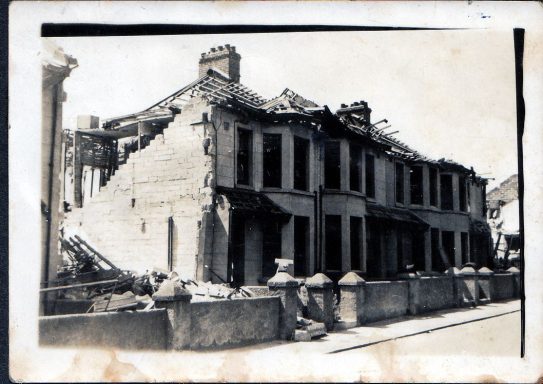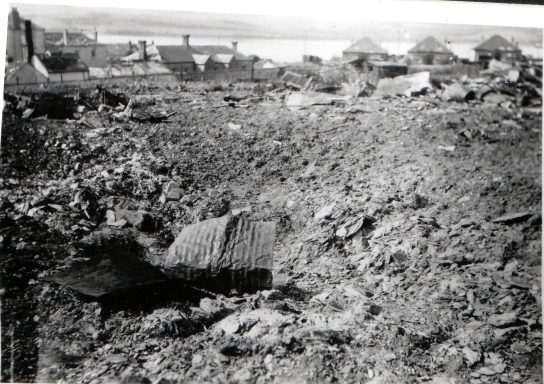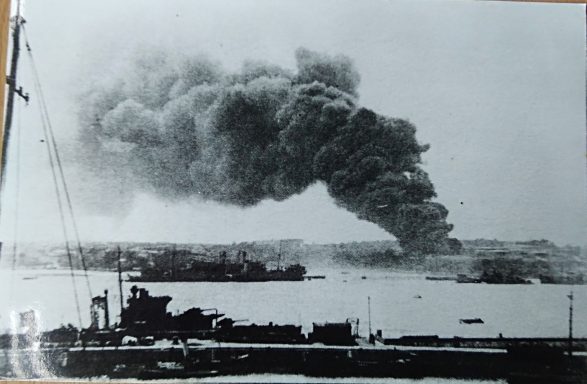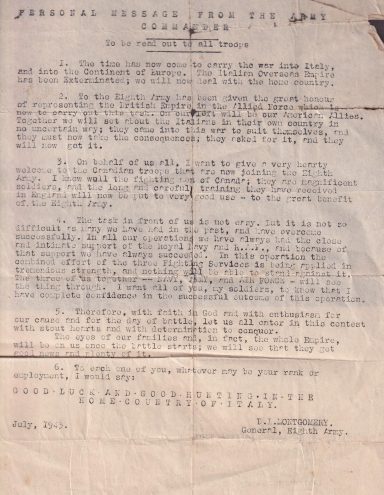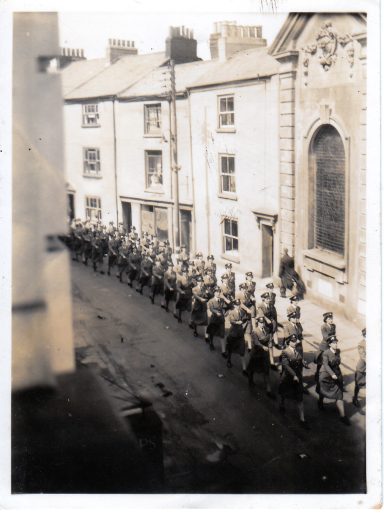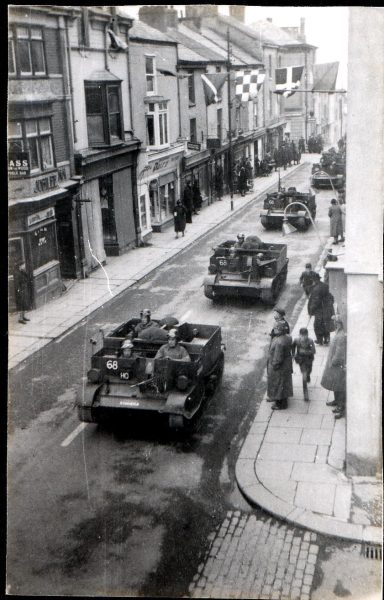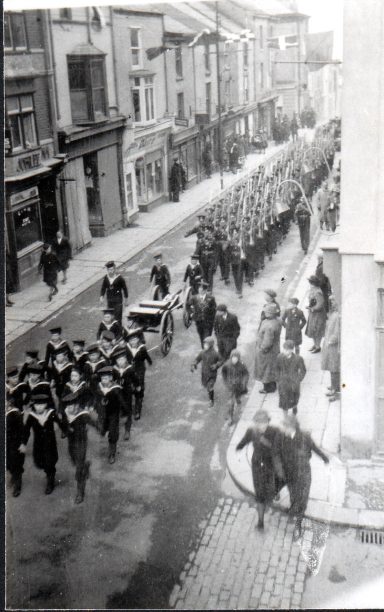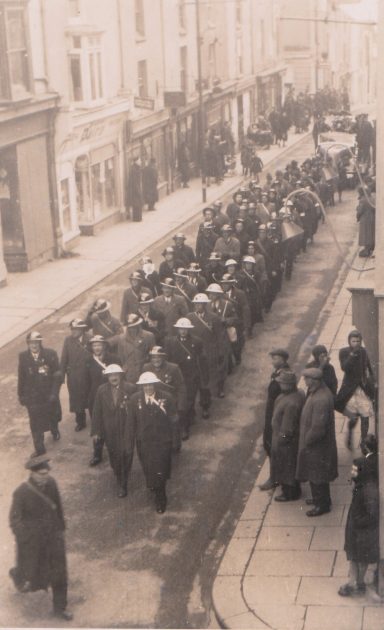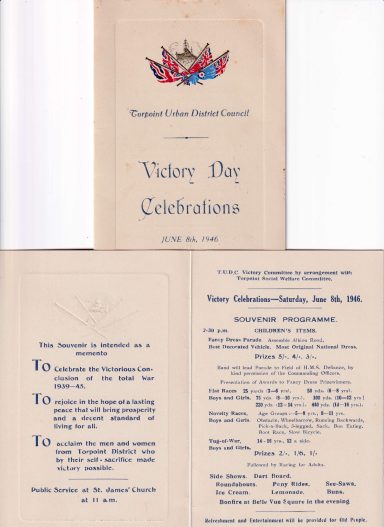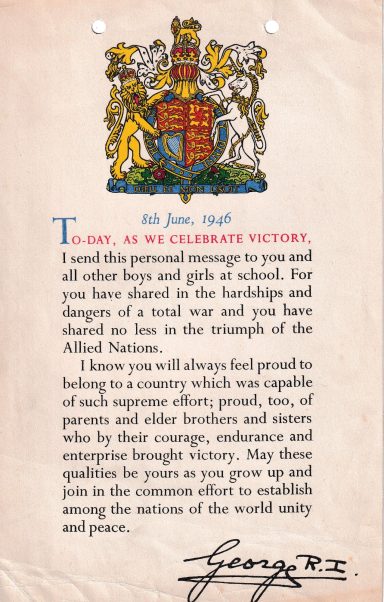The Torpoint Archives and Heritage Centre

VE Day 80th Anniversary

Our VE Day Exhibition
You can see more of our exhibition on display, and find out more information at the TAHC, within Torpoint Library.
Below is a small selection from our collection of photographs of VE Day celebrations in Torpoint
World War 2 in Torpoint
There are many more photos and artifacts available to view at the Torpoint Archives and Heritage Centre
Below are local residents first hand accounts of wartime life in Torpoint.
MEMORIES OF WORLD WAR 2 IN CLARENCE ROAD
Reminiscences kindly provided by Mrs. Eileen Eddy (nee Waldron)

It was a bright moonlit night when the Oil Tanks had a direct hit by enemy bombers.There was a terrific blast. There was a panic because the thick crude oil was blowing over the area.
The immediate order was to evacuate the street and the navy would guard the properties.
My mother,brothers and sisters scrambled all we could , warm clothing etc.My father decided to stay to guard his own home.
My brother then drove us down to Wacker woods. We stayed in the old Engine House until hostilities ceased and the wind changed direction when it was decided we could safely return to Clarence Road.
Another hectic night was when Jerry came over at dusk and dropped incendiary bombs on the Lawn. It looked like Fairyland. That night we all went to Carbeile Barrage Balloon Site which was in the field adjoining the present Georgian style houses. They had an underground shelter.
Again my father,who was in the Home Guard, remained at home with our neighbour Mr Finlay “Jim” Broad. They patrolled “bayonets fixed!”
On another occasion our house was damaged by a Barrage Balloon which had broken loose and landed on our roof.
The first bomb crater was in a cornfield at the top of Thankes Hill, on the left side, quite near the Tanks and Dockyard.
My sister and I were called up for War Work. I was conscripted into the National Fire Service and my twin sister Pat into the W.R.N.S. at H.M.S. Raleigh.
So much happened during those war years ; every night damage somewhere. It was a frightening time!
My Wartime Childhood Memories
by Harold (Bill) BREWER 1930 - 2022

I was 9 years old when the Second World War broke out. My Dad was away for most of the war in the Royal Navy making numerous Atlantic crossings on HMS Forth.
As a schoolboy, life for me carried on as usual in the early days, but I remember when HMS Ajax, HMS Achilles and HMS Exeter returned after the Battle of the River Plate, we trooped outside to the playground to cheer them up the Hamoaze. I remember the pleasure all of us children had when it was announced that the school had to close. Unfortunately for me, Mum wasn’t going to let that get in the way of my education and I was duly sent to Mr Short for maths lessons!
Early on in the war, looking north from Victoria Street I saw a plane flying east and dropping the first bombs on Torpoint. The story soon spread that it had been a French plane but manned by Germans and because it was French no one opened fire on it. On another occasion, I’d been sent out by Mum during a raid to find my sister, and I saw a German plane flying up the Hamoaze and the first guns to open fire on it were from a Polish manned ship moored near Yonderberry.
I became a messenger "runner" for the ARP and was very proud of the steel helmet I was given to wear. The ARP post at the junction of Mount Edgcumbe Terrace and Gordon Terrace was my station and I would pass written messages between there and the post at the junction of Chapel Row and Rowe Street. In the field next to the ARP post (in front of Pembroke Terrace) there was a searchlight and ack-ack gun as well as another above Defiance Field opposite Thanckes.
One event spoken of around the town was that just as a raid was starting, a policeman advised a man to get himself into a shelter which he duly did. Having gratefully survived the raid, the man decided to go and thank the policeman – and found the poor chap dead on his feet, outside Harvey’s abattoir, having been killed by the blast of the bomb that landed in Harvey Street.
During air raids my family would take to the shelters. There were shelters at the bottom of the Albion Road School playground (that still survive today) as well as large shelters in Cambridge Field (also known as Downing’s Field as Mr Downing kept his horses there) and in the hillside opposite the cinema in Antony Road. In 1941 when leaving this shelter the people could clearly see the tanks at Thanckes Oil Fuel Depot ablaze – a sight that made a huge impression on me.
Normally, our family used the Anderson shelter in the back garden of Victoria Street. But one time, when Dad was home on leave he told us we’d be just as safe in the house and I remember us all sitting it out in the back room – with my knees knocking!
Our Anderson shelter – built of corrugated iron and reinforced with sand bags - had a doorway with a plank of wood supported on sand bags. During one raid this doorway collapsed (probably due to the weight of the sand bags) and we had to escape out the emergency exit at the opposite end.
In our small back court, as well as the shelter we had a chicken run as well. I had a broody hen that raised the chicks, which in turn produced eggs. We had our rations cut so we could have bran to feed the hens but it was worth it to have fresh eggs. The first time rats got in the run I was given a trap and was shown how to drown the rats – a job I had to do fairly often!
Before the war my Dad had a motor boat (moored at Gravesend) and a 2 gallon can of petrol in the shed at home. While he was away, Mum decided this was too risky and had me bury the petrol can in the back garden! Inevitably word got around that we had some petrol and the butcher at the top of Victoria Street came and bought the petrol. Sometime later he was back asking if there was any more – he must have thought oil had been struck in Torpoint!
At the top of Victoria Street there was a barrage balloon site, along with another opposite Carew Terrace, manned by RAF personnel whose HQ was in the vicarage. There was a cook-house for all the men next to the vicarage garden and I remember that over the door there was a sign that read “They also serve who only stand and wait”.
The barrage balloons were left up as much as possible but if bad weather was forecast they would be winched down. The engines would labour to pull them in and we’d all know by the sound of the engines, there was going to be bad weather, and there probably wouldn’t be an air raid.
One time while crossing the ferry I saw a mine being swept down the river by the tide and pursued by men frantically rowing a whaler to recover it. My instinct was to get to the opposite end of the ferry, so I never knew if they caught up with it.
When the bombing got really bad Mum marched me and my sisters out to Freathy cliffs for the night. Sometimes they might get a lift but I remember walking between Antony and Lower Tregantle, where there was an unexploded bomb in the field, and creeping by with my hands over my ears – just in case. We would spend the night anywhere we could shelter - in barns and once in an empty gypsy caravan!
The authorities had obviously anticipated the war and plans were made accordingly. There were static water tanks at the junctions of Clarence & Well Park Road, North & York Roads and Tamar Street & Harvey Street. These were to be used by the Fire Brigade to put out fires caused by bombings. These tanks were about 15 yards in diameter and made of corrugated iron and covered with chicken wire - to prevent us kids swimming in them! There was a pump on the beach in front of Arthur Terrace that was used to top up the tanks.
I joined the Sea Scouts run by Brian Vincent and Deep Sea Scouts from Fisgard. We boys enjoyed escaping out of the town, camping at Wacker in the woods. After a weekend camp I would wearily cycle home and once could only get as far as the Mill Lanes before sleep overtook me as I lay in the hedge – sometime later I was woken by the noise of a Sunderland Flying boat coming in to land in Plymouth Sound.
In the summers with friends we’d swim off the beach near the wreck of The Cruden Bay (an old wooden tug that had been there since the 1920s) over to the ‘timbers’ where the MoD stored timber being seasoned in the sea-water.
When VE day came everyone joined in the celebrations in “The Lower Square” as they called the area between Arthur Terrace and Belle Vue. By now I was 15 and in a few months joined the Royal Navy at HMS Fisgard – my childhood over.
We need your consent to load the translations
We use a third-party service to translate the website content that may collect data about your activity. Please review the details in the privacy policy and accept the service to view the translations.
